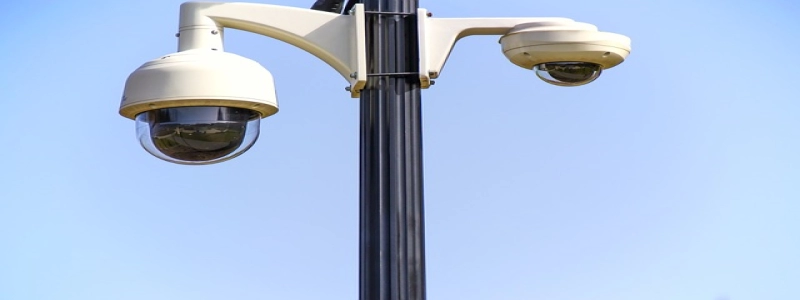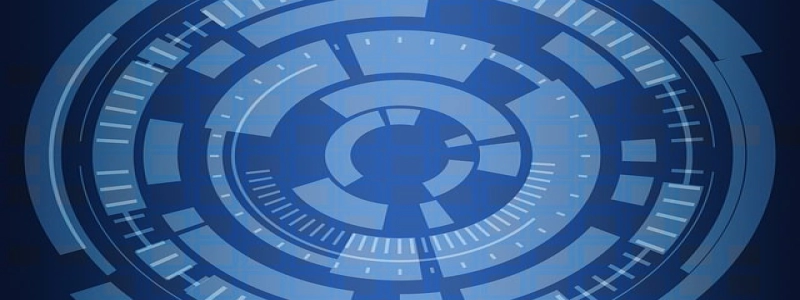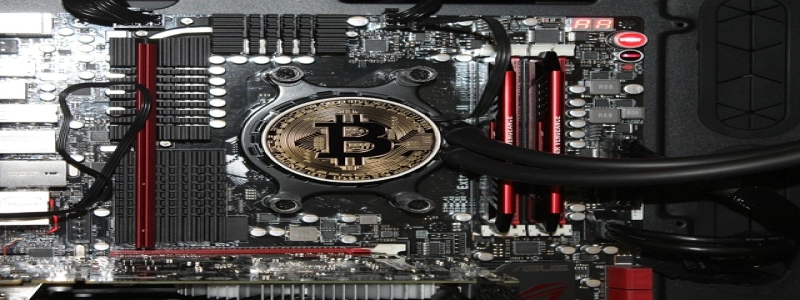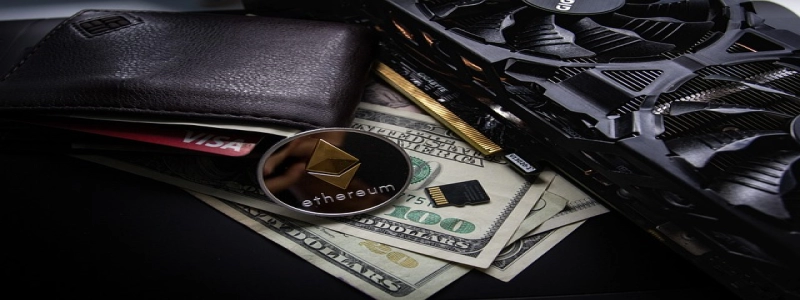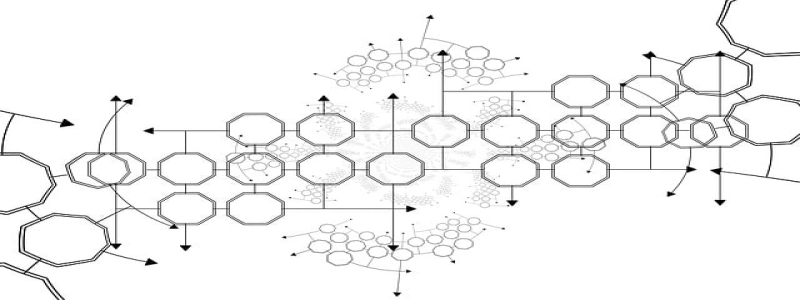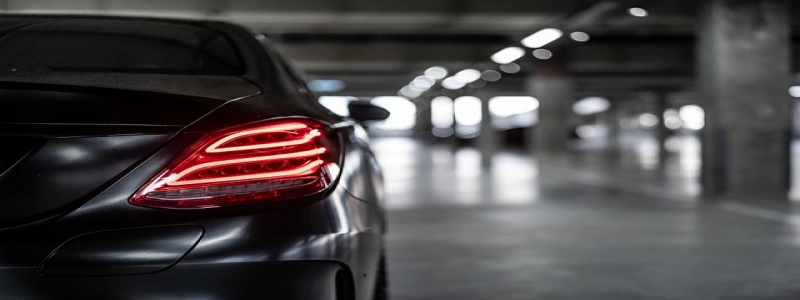Ethernet Cable: Solid vs Stranded
أنا. مقدمة
A. Definition of Ethernet Cable
B. Importance of Ethernet Cable in Networking
ثانيا. Types of Ethernet Cable
A. Solid Ethernet Cable
1. Definition and Composition
2. Characteristics
3. Use Cases
B. Stranded Ethernet Cable
1. Definition and Composition
2. Characteristics
3. Use Cases
ثالثا. Comparison between Solid and Stranded Ethernet Cable
A. Strength and Durability
B. Flexibility and Bend Radius
C. Performance and Transmission Distances
D. Cost and Availability
رابعا. Choosing the Right Ethernet Cable for Specific Applications
A. Networking within Buildings
B. Networking in Data Centers
C. Outdoor Networking
الخامس. Summary and Conclusion
A. Key Takeaways
B. Importance of Selecting the Right Ethernet Cable
أنا. مقدمة
Ethernet cables are an essential component of modern networking systems, facilitating the transfer of data between devices within a network. The type of Ethernet cable used can greatly influence the performance and reliability of the networking infrastructure. In this article, we will explore the differences between solid and stranded Ethernet cables and discuss their respective use cases.
ثانيا. Types of Ethernet Cable
A. Solid Ethernet Cable
Solid Ethernet cables consist of a single piece of conductor wire surrounded by insulation. They are often used in permanent installations, such as office buildings or residential homes. The solid core provides excellent signal integrity and is less prone to electromagnetic interference. These cables are commonly available in Category 5e (Cat5e), Category 6 (Cat6), and Category 6a (Cat6a) variations.
B. Stranded Ethernet Cable
Stranded Ethernet cables, على الجانب الآخر, are made up of multiple smaller strands of wire twisted together and encased in insulation. This design allows for greater flexibility and makes these cables more suitable for applications that require constant bending or movement. Stranded Ethernet cables are commonly used for patch cords or in situations where flexibility is essential.
ثالثا. Comparison between Solid and Stranded Ethernet Cable
A. Strength and Durability
Solid Ethernet cables are generally more durable and less prone to damage caused by bending or stretching. The solid core provides better resistance against external factors, such as physical stress or moisture. Stranded Ethernet cables, although flexible, are more susceptible to breakage when subjected to excessive strain or frequent movement.
B. Flexibility and Bend Radius
Stranded Ethernet cables are highly flexible and have a smaller bend radius compared to solid cables. This characteristic allows for easier installation in tight spaces or areas that require frequent cable movement. Solid Ethernet cables, due to their rigidity, are less flexible and may require more attention during installation.
C. Performance and Transmission Distances
Solid Ethernet cables provide superior performance and are capable of supporting longer transmission distances compared to stranded cables. This makes them ideal for large-scale network deployments or connections requiring extended reach. Stranded Ethernet cables, while still suitable for most networking applications, may experience signal loss over longer distances.
D. Cost and Availability
Solid Ethernet cables are generally more cost-effective and widely available compared to stranded cables. The simplicity of their design and the larger quantities produced contribute to their lower cost. Stranded Ethernet cables, being more specialized and featuring complex manufacturing processes, tend to be slightly more expensive and may have limited availability in certain variations.
رابعا. Choosing the Right Ethernet Cable for Specific Applications
A. Networking within Buildings
For networks installed within buildings, solid Ethernet cables are typically the preferred choice. Their durability, high performance, and cost-effectiveness make them suitable for providing reliable connections for desktop computers, printers, routers, and other devices. Solid Ethernet cables are also well-suited for long cable runs required for vertical or horizontal cabling.
B. Networking in Data Centers
In data centers, where constantly changing configurations and frequent cable movement are common, stranded Ethernet cables are often used. The flexibility of these cables aids in easier cable management and facilitates ease of troubleshooting and maintenance. Stranded Ethernet cables are commonly deployed as patch cords or for quick connections within equipment racks.
C. Outdoor Networking
When networking is required in outdoor environments, special considerations must be made. Outdoor-rated Ethernet cables, such as gel-filled or direct burial cables, are usually used in these scenarios. Solid Ethernet cables, with their robust construction, are often preferred for their ability to withstand harsh environmental conditions and resist water and UV damage.
الخامس. Summary and Conclusion
In conclusion, the choice between solid and stranded Ethernet cables depends on the specific requirements of the networking application. Solid Ethernet cables offer better durability, superior performance, and cost advantages, making them suitable for permanent installations. On the other hand, stranded Ethernet cables provide flexibility and ease of use, making them ideal for patch cords and applications that require frequent cable movement. By understanding the differences between these cable types, network administrators can make informed decisions to ensure reliable and efficient network connectivity.
